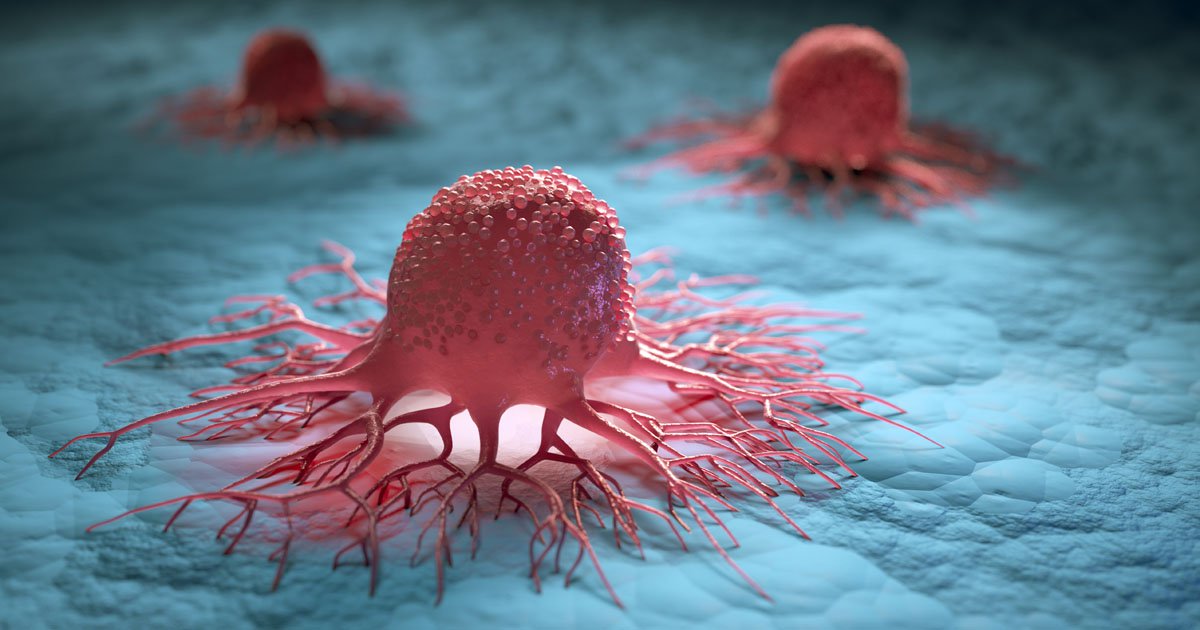Reduced eGFR may be associated with increased cancer risk
Reduced eGFR was associated with a modestly greater risk for certain types of cancer in patients with mild to severe CKD, according to a published study.
“Kidney dysfunction leads to retention of metabolic waste products, and results in the disruption of multiple pathways, including disorders of the immune system, inducing inflammation, the activation of the renin-angiotensin system and endothelial abnormalities, all of which have been suggested to increase cancer risk,” Hong Xu, MD, of the Karolinska Institute in Solna, Sweden, and colleagues wrote. “Various studies have reported higher cancer incidence among patients with end-stage kidney disease. For less severe CKD, however, evidence is less robust and at times conflicting for both any-type and site-specific cancer incidence.”
To explore the associations between kidney function and cancer incidence, researchers used data from the Stockholm Creatinine Measurements project to identify 719,033 participants aged 40 years or older who had creatinine concentrations within the range of 0.5 mg/dL to 17 mg/dL and had no history of cancer.
Baseline eGFR was measured and categorized as being either at least 105 ml/min/1.73 m2, 90 ml/min/1.73 m 2 to 104 ml/min/1.73 m 2, 60 ml/min/1.73 m2 to 89 ml/min/1.73 m2, 30 ml/min/1.73 m2 to 59 ml/min/1.73 m2 or less than 30 ml/min/1.73 m2. Reduced eGFR was defined as less than 60 ml/min/1.72 m2 and eGFR of 90 ml/min/1.73 m2 to 104 ml/min/1.73 m2 served as the reference group because the incidence of cancer was lowest in this category.
Researchers quantified the associations of baseline eGFR and incidence of any-type and site-specific cancer during a median follow-up of 5 years. During this time, 64,319 cases of cancer were detected, affecting 9% of the study population.
Researchers found that, compared with eGFR of 90 ml/min/m2 to 104 ml/min/m2, lower eGFR strata was associated with a greater cancer risk (eGFR of 30 ml/min/m2 to 59 ml/min/m2, adjusted HR = 1.08; eGFR of <30 ml/min/m2, aHR = 1.24), with the association being strongest with skin, urogenital, prostate and hematological cancers.

Researchers also found the risk for any-type of cancer, as well as skin and urogenital, was elevated throughout the follow-up time but was greater in the first 12 months of observation. After the first 12 months, researchers did not find associations between lower eGFR and hematological and prostate cancers.
“Detection bias and reverse causality may partly explain higher risks in the risk of cancer during the first year of follow-up, but they less likely explain higher risks in the long term, particularly for all-cancers as well as cancers of skin and urogenital system,” the researchers wrote. “We suggest further studies on the topic to take into account these biases when studying health care data. As a practical application, our findings may help health care policy makers to develop and implement appropriate strategies for cancer screening and monitoring in the context of CKD as well as help health service planning.” – by Melissa J. Webb
Disclosures: Xu reports no relevant financial disclosures. Please see the study for all other authors’ relevant financial disclosures.
